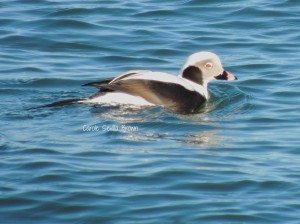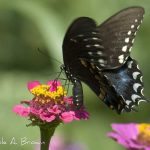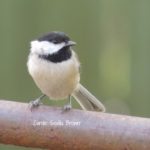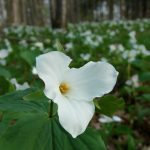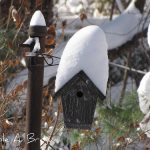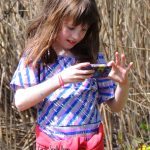Lately I’ve had several people express surprise at my stories about our winter birding adventures. They said they thought that all the birds flew south for the winter, so there was nothing to see bird-wise in winter.
Wrong!
Winter is a GREAT time to see birds. You can see many birds in your own wildlife garden, especially if you’ve planted lots of native plants with seeds, nuts, and berries that the birds will come to feast on.
There is fun winter birding adventures to be had in your own wildlife garden, in your neighborhood, and further afield.
Winter can be a tough time for many birds, but it’s also a fantastic time for birding enthusiasts to see a variety of birds in their natural habitats. Whether you’re a seasoned birdwatcher or just getting started, winter birding offers a unique and exciting opportunity to experience the beauty of nature.
One of the best things about winter birding is that there are many different types of birds to see, including birds that are not typically found during the warmer months. From bold and colorful cardinals to sleek and elusive owls, winter is a great time to expand your birding knowledge and add new species to your list.
If you’re new to birding, there are a few things you can do to get started. First, invest in a good pair of binoculars. This will allow you to see the birds up close and get a better look at their distinctive markings and behaviors. Second, invest in a field guide that covers the birds in your area. This will help you identify the birds you see and learn more about their habitats and habits.
Another great way to get started with winter birding is to join a local birding club or attend a birding festival. These events provide a great opportunity to meet other birders, learn from experts, and go on guided bird walks. You can also attend workshops and presentations on bird identification, bird behavior, and bird conservation.
Finally, one of the best ways to enjoy winter birding is to spend time outdoors. Get dressed in warm layers, grab your binoculars, and head out to a local park, nature preserve, or wildlife refuge. Look for birds near sources of food and water, such as bird feeders, bird baths, and natural water sources. Be patient, be quiet, and enjoy the beauty and wonder of the birds around you.
More From Ecosystem Gardening:
Submit your review | |

